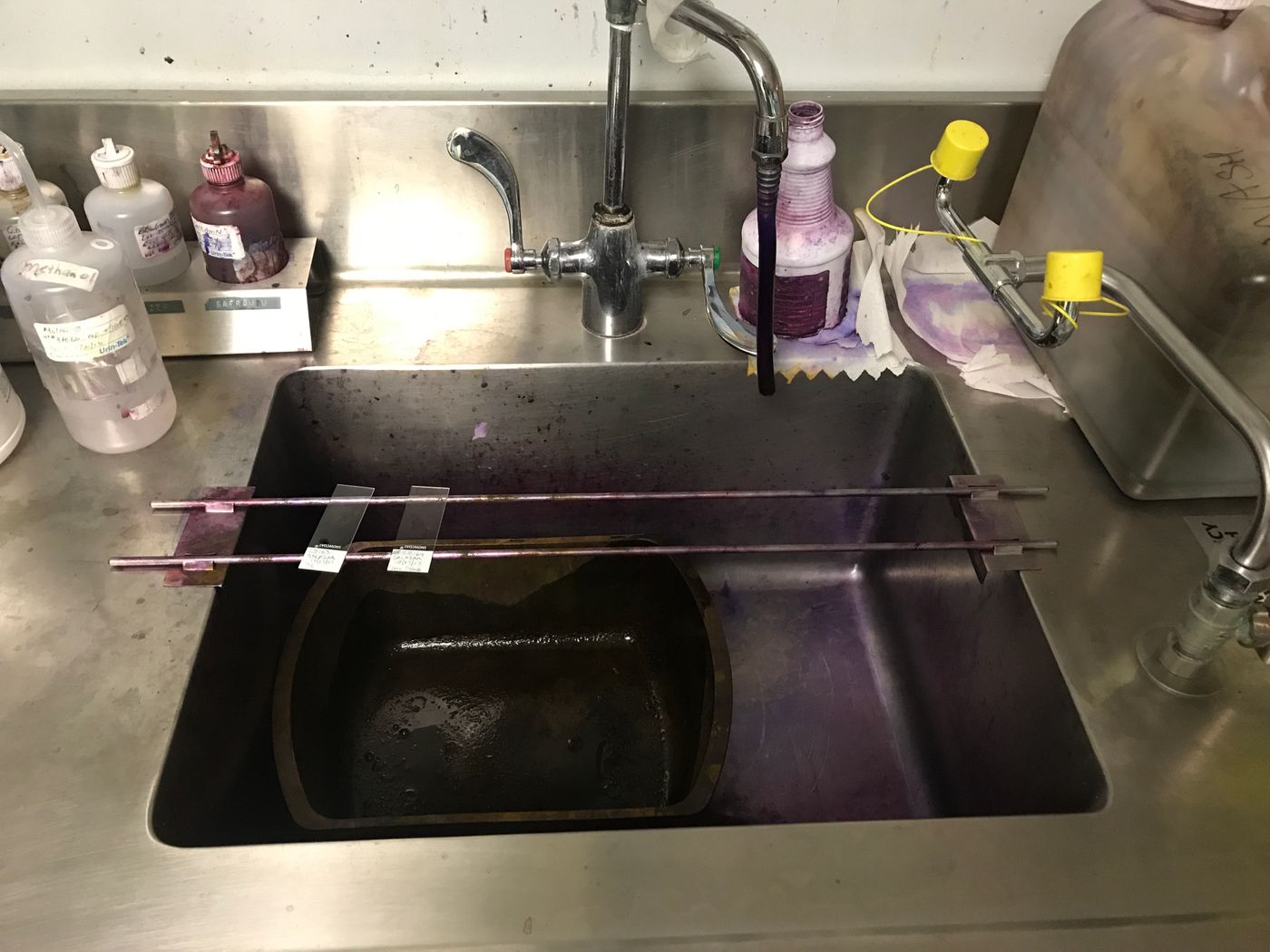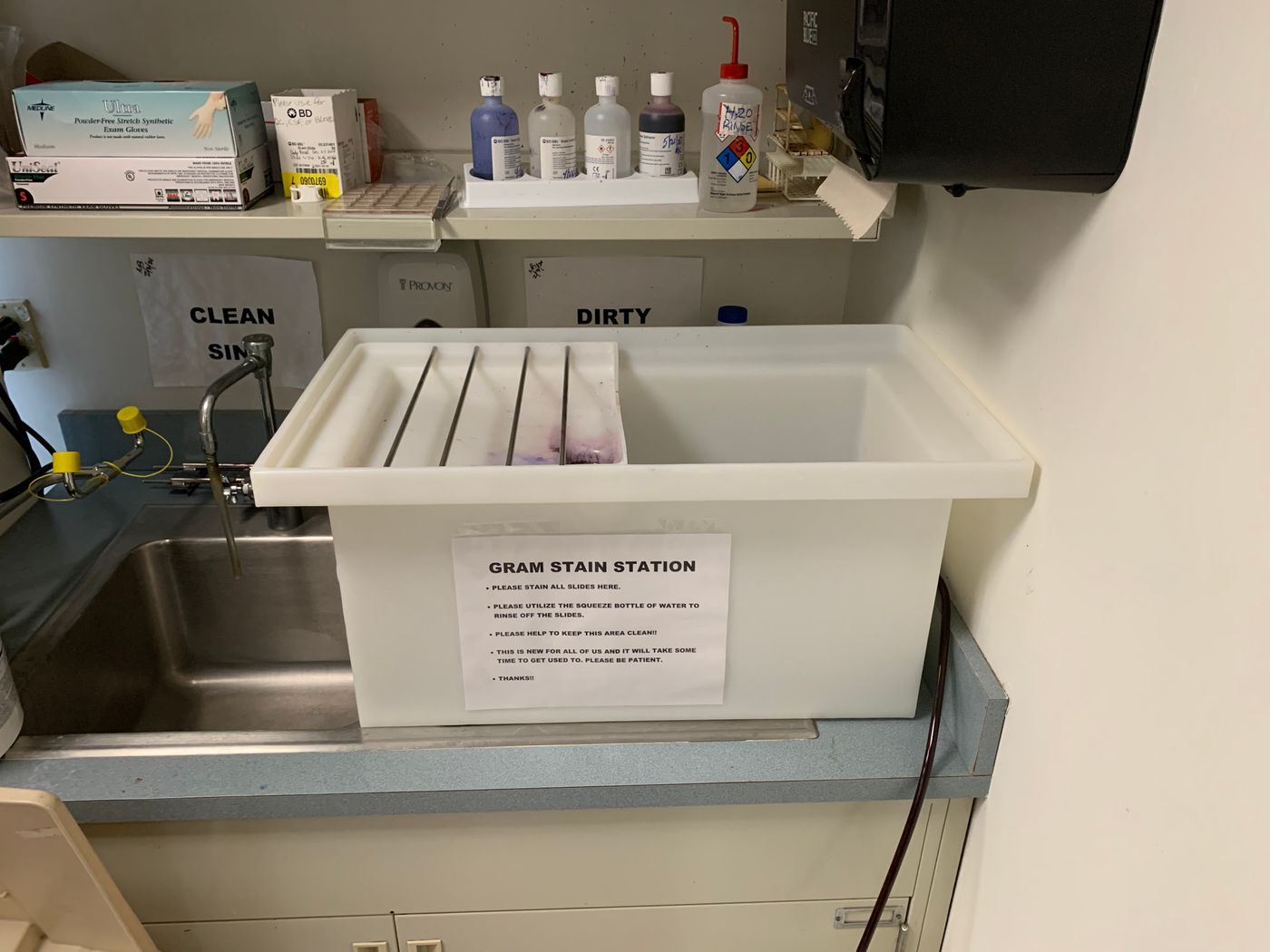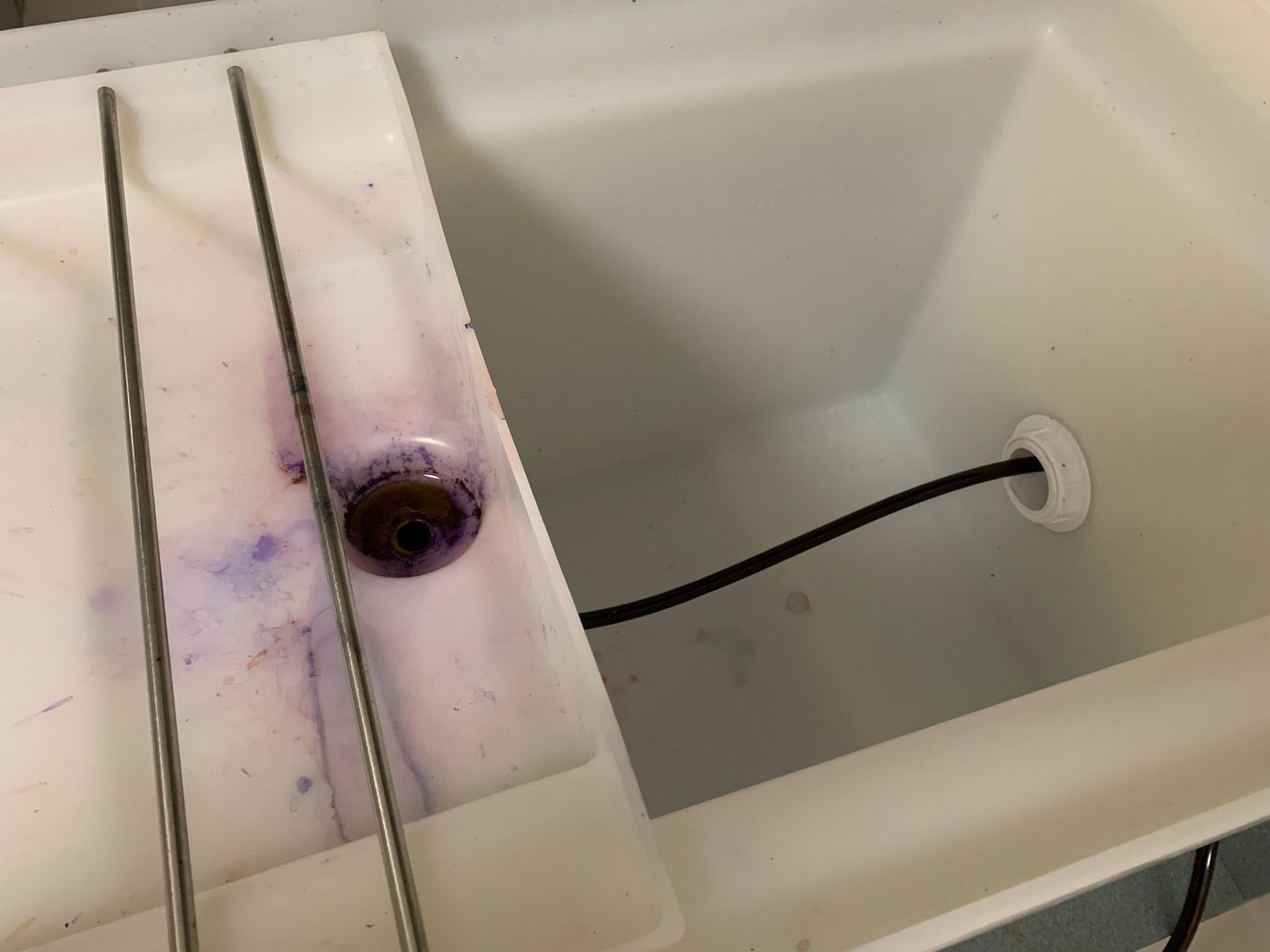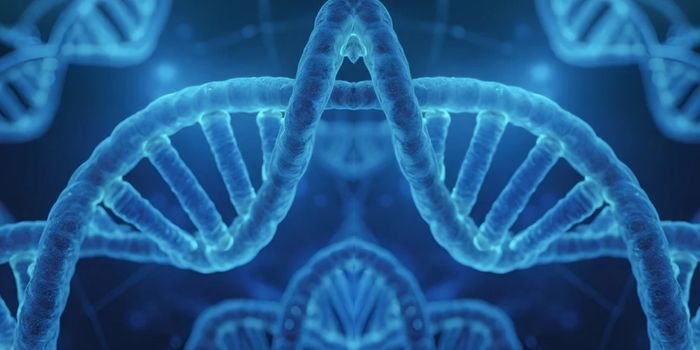Microbiology Waste Containment
The methods of pathogen/pathology determination require the generation of Hazardous Wastes. Some processes are mostly automated, as in Histology, though there is no substitute for a good Histologist and a microtome. The tissues must still be fixed and embedded by hand. Special stains are done by hand. As of yet, the process of Microbiology has yet to achieve a state of automation. The methods still require a Microbiologist to plate, incubate, make slides, look and make a determination. Perhaps robotics will change this. By then, SkyNet will have taken over.
In many Microbiology labs, there is a slide rack directly across a sink, and maybe, there might be a plastic vessel under the slide rack. Maybe the vessel under the slide rack is collecting the methanol stain solutions, and maybe there is nothing, and the effluent is discharged directly into the POTW. Some labs have rigged up waste collection systems that may, or nearly, comply with EPA collection regulations. Most labs have the cabinet under the sink screwed shut, as the EPA prefers no access or storage under a sink, much less having approval of a process that generates waste in a sink. Capturing the effluent and getting the process away from the sink, all the while increasing efficiency and compliance is the sole reason for inventing and patenting this devise and process.
Using this patented method and system, the staining process is the same, except with containment, no discharge, and no stained sinks. The specimen slides are placed on the fixed rack in the funnel, stained as normal, and rinsed as normal. In either the usually seen method, or this more efficient method, the Microbiologist is mindful of the accumulating waste. Either the bag/container in the devise is filling, or the waste drum/container is filling through the tubing ported out of the devise. The tubing port under the funnel rack has a valve, so may be turned off (across the flow) when necessary. When not in use, the tube may be withdrawn into the container, the port closed, the containment vessel closed and strapped, and the waste container closed for EPA waste accumulation compliance. For most, the process is contained and may be performed away from the sink, options for already crowded laboratory space. Should incidental liquid misplacement occur, not an issue, since the process is contained. Using this devise eliminates the tedious and potentially messy step, with possible liquid misplacement, in an exterior condition, of decanting an open collection vessel into a funnel that feeds into an intermediary waste container.
When not in use, the devise may be closed, strapped shut, and put into storage.
The containment plastic box has enough space to hold the collection slide rack/funnel, a small waste collection vessel, the stain solutions, and a bottle of water for rinsing. The lid, when not strapped closed, can be put upside down on the adjacent counter as a contained work surface to hold the biological materials (Petri dishes et al) being prepared into slides. The plastic/stainless construction allows for disinfecting before/after use. For smaller labs, available collapsible waste collection bags are screwed into the bottom of the slide rack and monitored during the process. When the bag is full, the bag may be capped and a new bag put in place. There is enough space in the containment vessel and under the slide, rack funnel to put certain wide-mouth plastic containers in communication with the slide rack for waste collection. For busier labs, the funnel can be attached to a valve that feeds a tube that drains into a larger waste collection vessel. Whichever method is chosen, the waste bag or container may be brought from the Satellite Accumulation Area to the designated Central (Main) Accumulation Area for management and disposal.
Some unsolicited, yet likely useful, information on accumulation areas: A Satellite Accumulation Area (SAA) is within throwing distance of the point of waste generation (the Frisbee Rule). EPA regulation allows for up to one year of accumulation in that space. State regulations are often more stringent. The SAA(s) must be inspected monthly. A Central (Main) Accumulation Area (CAA) is a place where hazardous waste may be safely stored that is not within throwing distance from the point of generation. The time limit in that space is dependent upon generator status and regulation. There can be more than one CAA, and all must be inspected weekly.
Another quick refresh: Three Generator Categories: Conditionally Exempt (Very) Small Quantity Generator, less than 220 Lbs (100 Kg) of non-acute RCRA Hazardous Waste and/or less than 2.2 (1Kg) of RCRA acute (P-Listed) wastes generated in any calendar month: Small Quantity Generator, 2, 200 Lbs. (1,000.00 Kg) of non-acute RCRA Hazardous Wastes and/or less than 2.2 (1Kg) of RCRA Acute (P-Listed) wastes generated in any calendar month; Large Quantity Generator, over 2, 200.00 Lbs. (1,000.00 Kg.) and /or more than 2.2 Lbs. (1Kg) acute (P-Listed) RCRA Hazardous Wastes and may accumulate for not more than 90 Days. RCRA: Resource Conservation and Recovery Act, the rules of Hazardous Waste determination either by characteristic or directly listed in the 40 Code of Federal Regulations (CFR). Many states have additional regulations that exceed federal regulations. Some States make being a Large Quantity Generator burdensome, onerous, and expensive.
The devise is portable and storable and may be used for field analysis, either routine investigation or during a bio-weapons attack. These units can function as ready-to-use, self-contained field kits that can be thoroughly disinfected after use.
Microbiology wastes are compatible with some Histology wastes. The wastes from Microbiology may be accumulated in a proper CAA in a larger container, such as 55 Gallon 1A1 drum, with compatible wastes and not cause off specifications of the waste stream. Most accumulation of lab waste in volume is as non-halogenated organic solvents and mixtures, such as Xylenes, Methanol, and Ethanol. Adding any halogenated or metal bearing wastes to this waste stream will make the treatment of these wastes more difficult and expensive. Generally, non-halogenated waste materials (RCRA Codes D001, F003 and sometimes F005) are fuel blended and used as fuel in cement kilns. Water content lowers the BTU (British Thermal Unit) value of the waste and requires more treatment and greater disposal costs. Corrosive and Oxidizing wastes should never be added to this waste stream ever. Corrosive, Oxidizing, and Metal bearing wastes should be accumulated in separate containers to avoid reactions (like fire) and ensure proper disposal.
A possibly useful tangent, 10% Formalin is not considered RCRA by the USEPA. Some states may regulate 10% Formalin differently as 10% Formalin is considered an OSHA carcinogen. Formaldehyde solutions of greater concentrations are a Corrosive Material with waste codes D002 and U122. Formaldehyde solutions are not greater than 37% because Formaldehyde is a soluble gas in water and exists in equilibrium with 2 percent methanol while in solution. Paraformaldehyde may exist in a solution or as a solid. As a solid, Paraformaldehyde is a Flammable Solid (D001) and should be disposed of as such.
Utilizing this efficient, compliant, self-contained, slide staining system is a welcome addition to any Microbiology Laboratory. Those who use this patented devise are satisfied with the convenience and time saved. The process may literally be performed “everywhere, in a house with a mouse, ….on a boat with a goat”. For those who are a bit taller, there is the added plus of a higher, closer, workstation, thus avoiding that searing back pain from being a wee bit hunched over. Utilizing this devise eliminates the now inexcusable sink of shame that is feverishly scrubbed prior to a lab inspection. Using this devise gets rid of that weird thing that might not be EPA compliant. Get one, get two, tell friends.
Please direct all inquiries to me, Scott Leard, at byzantineenv@ yahoo.com.











